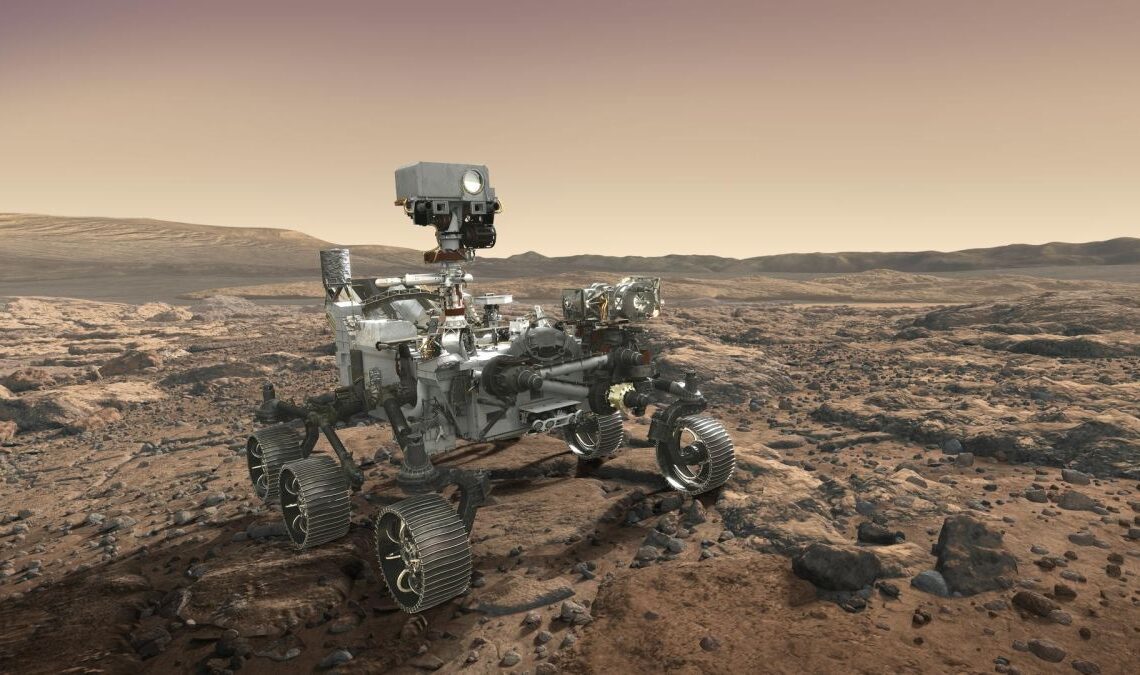The current generation of Mars rovers may have trouble confirming any signs of ancient life on the Red Planet because their scientific instruments aren’t up to snuff, according to research published Feb. 21 in the journal Nature Communications (opens in new tab).
In the study, researchers conducted tests on sedimentary rocks in the Red Stone region of Chile’s Atacama Desert, one of the oldest and driest deserts on Earth and a geological analog to ancient sites on Mars that two NASA rovers are currently exploring. The same team of researchers previously discovered that Red Stone’s clays are inhabited by a previously unknown mix of ancient and modern microorganisms dubbed the “dark microbiome.”
Using four instruments that are on current or upcoming Mars rovers, the team studied samples from Red Stone and found them incapable of detecting organic material. Only genetic sequencing, a procedure that can be done only in a laboratory on Earth, was capable of finding evidence of microbial life in the samples — but even then, it was barely detectable.
Any ancient organic material and microorganisms that exist in the Martian rock record could therefore be “hard, if not impossible” to detect in their current locations with existing technology, the researchers concluded. The new research stresses that, other than sending more advanced rovers to the Red Planet, the only way to prove unequivocal signs of life on Mars is to send samples back to Earth for DNA analysis.
“The chance of obtaining false negatives in the search for life on Mars highlights the need for more powerful tools,” lead study author Armando Azua-Bustos (opens in new tab), a research scientist at the Center of Astrobiology (CAB) in Madrid, said in a statement (opens in new tab).
So, scientists can either develop more sensitive and complex instrumentation for Mars rovers, or bring samples back to Earth. Each option comes with risks and benefits, the authors added.
“You need to decide whether it’s more advantageous having limited capability for analysis on the surface of Mars to interrogate a wide variety of samples or having limited samples to be analyzed with the wide variety of state-of-the-art instrumentation on Earth,” study co-lead author Alberto G. Fairén…
Click Here to Read the Full Original Article at Livescience…

